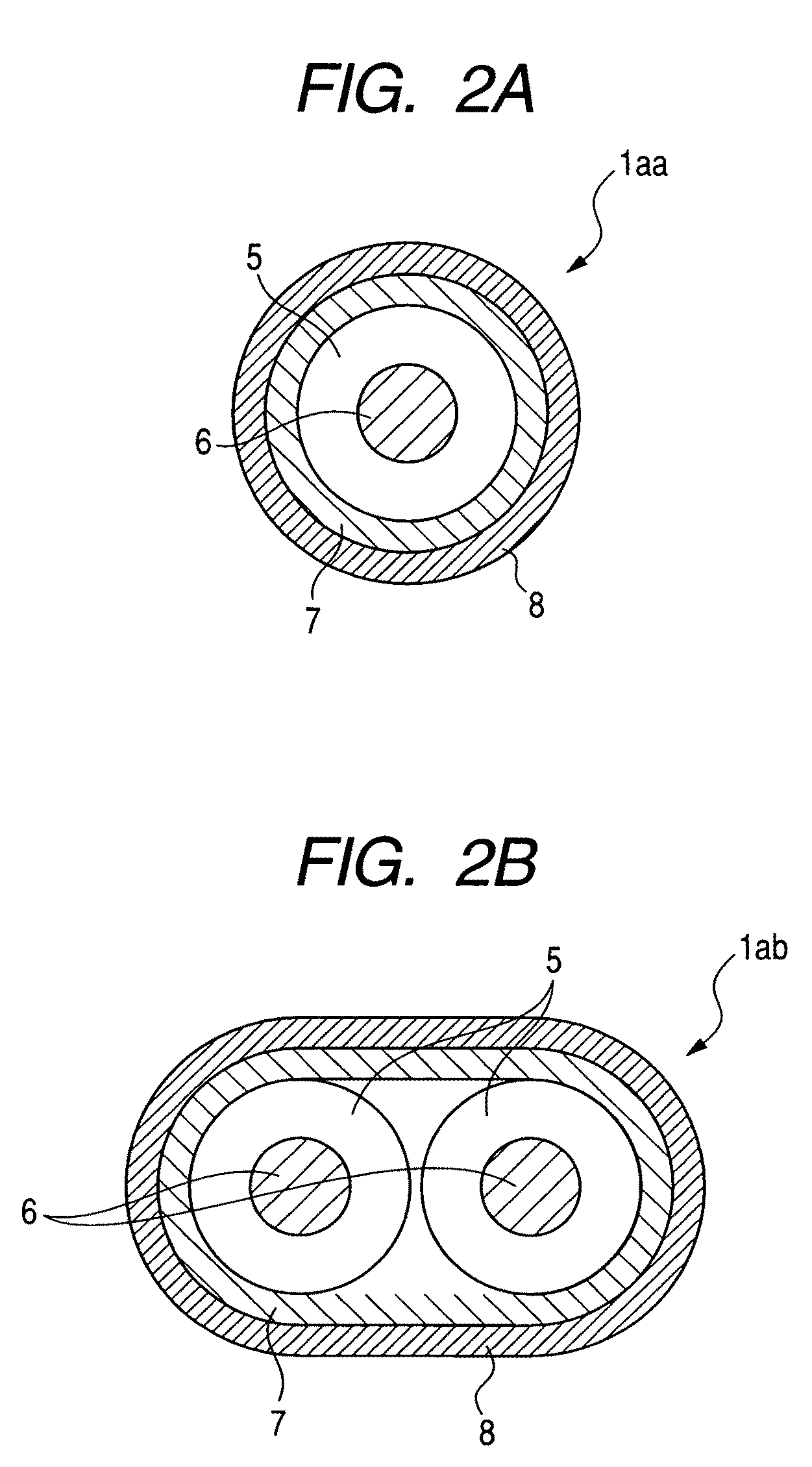High-speed signal transmission apparatus
a signal transmission and high-speed technology, applied in the construction details of electrical apparatuses, substation/switching arrangement casings, instruments, etc., can solve the problems of signal transmission loss, inability to perform signal transmission, disabling signal transmission, etc., and achieve the effect of increasing the signal processing speed inside the information processing apparatus
- Summary
- Abstract
- Description
- Claims
- Application Information
AI Technical Summary
Benefits of technology
Problems solved by technology
Method used
Image
Examples
first embodiment
[0029]Elements in a housing, which constitute a high-speed signal transmission apparatus according to a first embodiment of the present invention, will be described with reference to FIGS. 1 through 3. As shown in FIG. 1, a housing 10 accommodates elements constituting a high-speed signal transmission apparatus according to the present invention. A plurality of daughter boards 92A, 92B are formed by printed circuit boards equipped with semiconductor integrated circuits (not illustrated). The daughter boards 92A, 92B which are connected to connectors on the daughter board side (daughter-side connectors) 91A, 91B respectively, are juxtaposed to each other in such a manner that the daughter boards 92A, 92B can be inserted and removed along each daughter rail 93. As a result, a high-speed signal whose transmission speed is about from several Gbps to 20 Gbps is transmitted, through a signal line (not illustrated), from a communication unit (not illustrated) that is formed of, for example...
second embodiment
[0033]Next, elements in a housing, which constitute a high-speed signal transmission apparatus according to a second embodiment of the present invention, will be described with reference to FIGS. 4 through 6. According to the second embodiment of the present invention, as shown in FIG. 4, points of difference between the first and second embodiments are as follows: three or more daughter boards 92A through 92C are juxtaposed to one another in the housing 10; the number of cable bundles (cable groups) 1A, 1B, each of which is used to make a connection between the daughter boards, increases, and accordingly, the number of board-side connectors 91A through 91D and the number of cable-side connectors 2A through 2D also increase; and there is provided a rod-shaped fixing member 29a in the lateral direction that is, for example, a surface direction of the daughter board 92, the rod-shaped fixing member 29a being used to position, for example, the cable-side connectors 2B, 2C, the number o...
third embodiment
[0039]Next, elements in a housing, which constitute a high-speed signal transmission apparatus according to a third embodiment of the present invention, will be described with reference to FIGS. 7 and 8. To be more specific, according to the third embodiment of the present invention, as shown in FIG. 7, points of difference between the second and third embodiments are that instead of the rod-shaped fixing members 28a, 29a, there is provided a stationary plate 28b that is fixed to the housing 10, and that instead of the cable-side connector 2, the cable-side connector block 22a, which is formed by layering wafer-shaped connectors 21a on one another in the lateral direction, is placed into the connector groove 31 formed on the stationary plate 28b. As shown in FIG. 3, each of the wafer-shaped connectors 21a is formed as a connector whose polarity is reverse to that of the board-side connector 91 that is formed by layering wafer-shaped connectors on one another in the lateral direction...
PUM
 Login to View More
Login to View More Abstract
Description
Claims
Application Information
 Login to View More
Login to View More - R&D
- Intellectual Property
- Life Sciences
- Materials
- Tech Scout
- Unparalleled Data Quality
- Higher Quality Content
- 60% Fewer Hallucinations
Browse by: Latest US Patents, China's latest patents, Technical Efficacy Thesaurus, Application Domain, Technology Topic, Popular Technical Reports.
© 2025 PatSnap. All rights reserved.Legal|Privacy policy|Modern Slavery Act Transparency Statement|Sitemap|About US| Contact US: help@patsnap.com



